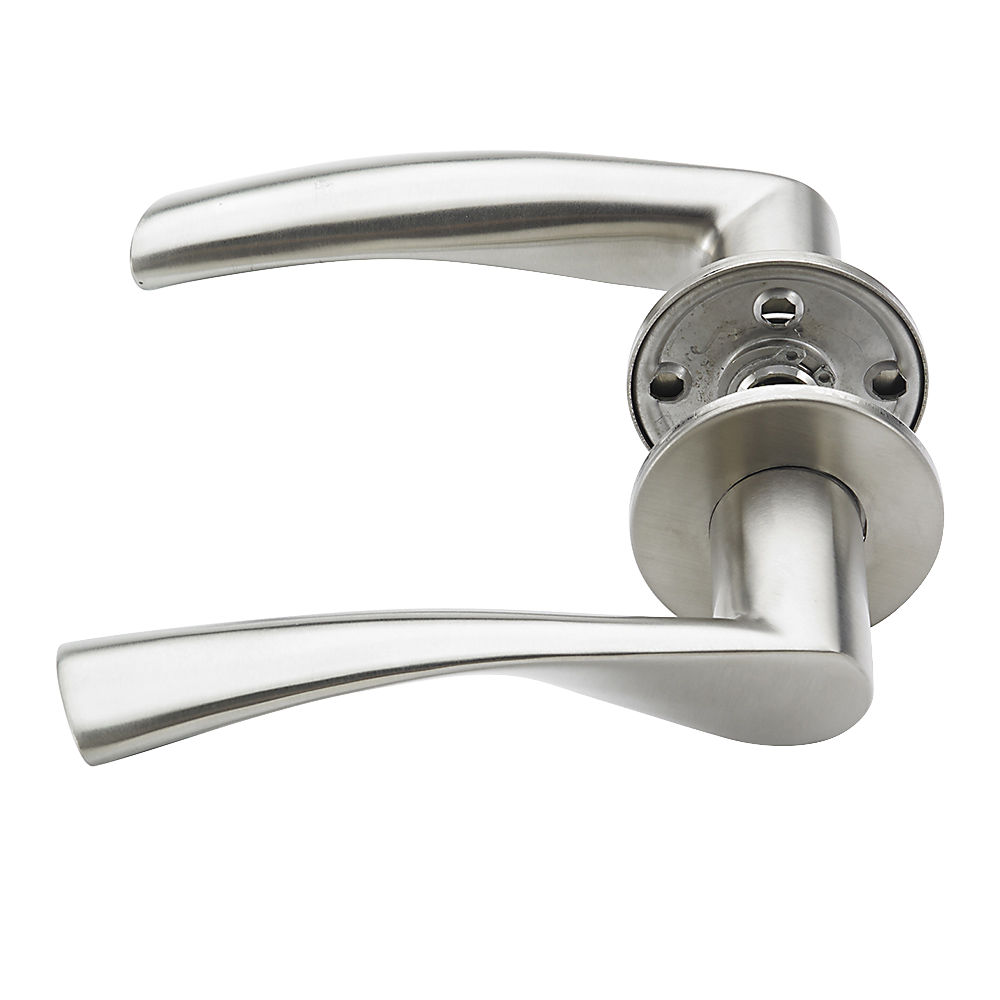HOW TO SELECT THE RIGHT DOOR CLOSER
It is important to choose the right door closer and have it properly installed, as they play a critical role in the safety and security of a building. With so many choices being offered and different factors to consider, selecting the right one can be confusing.
To help, we have put together a short step by step guide on the key features that must be considered when selecting the right door closer.
STEP 1
Establish if your door is a fire or non-fire door. If the door is a non-fire door, then any door closer can be selected. However, it’s important to ensure that the operation of the door is controlled and not slamming, as this will prevent damage to the door and frame.
For fire doors, ensure the door closer is UKCA / CE marked and fire rated, and that you are selecting based on your application need.
STEP 2
Look for the fire rating.
This is a vital step in the process. If you’re installing a unit on a fire-rated door (typically found in commercial buildings) the closer must also be fire-rated. Look for a door closer that’s CE marked. This shows the product is fit for purpose and meets all of the legal fire safety requirements.
STEP 3
Determine the size of door closer that you need based on the height and weight of the door.
Large and heavy doors will require a closer with a higher power size. If you’re unsure about sizing, it’s best to choose a unit that can be adjusted during installation. It’s also key to remember that Fire Doors must have a minimum Power Size EN 3 to conform to EN 1154 standard.
STEP 4
Decide whether you need a surface-mounted or concealed unit.
Surface mounted closers are installed on the surface of the door and frame and are highly visible. Surface mounted units are also the easiest to install. Concealed closers on the other hand, are mounted within the door itself and are not visible when the door is closed. If the door frame is narrow, a concealed unit may be the best option.
STEP 5
Review the mounting requirements. You can mount your closer on either side of the door, but you must select a unit that is designed for that type of mounting.
The 4 most common ways in which to mount a door closer are:
- On the pull face (where you pull the door toward you to open it)
- On the push face (where you push the door away from you to open it)
- Mounted on the transom of the push side of the door
- Mounted on the transom on the pull side of the door
If you want to mount the unit on the push side, look for a closer with a parallel arm-mounting option.
STEP 6
Evaluate whether backcheck is needed.
Backcheck is a feature that’s supplied on only certain door closer models. Essentially, it limits the swing of the door to prevent damage to adjacent walls and frames when a door is being opened at speed or with force. Some door closers offer this feature as standard, however make sure that they have also passed EN 1154 CE requirements by checking the Declaration of Performance (DOPs).
STEP 7
Decide whether your closer should have delayed action.
A delayed action closer offers a period of delay from when the door is opened to when it begins to close. This makes them ideal for environments that require easy passage, such as on doors used by children, the elderly or wheelchair users. Always check the DOPs to make sure that they have passed CE Standard EN 1154. The delay can be set for a maximum of 25 seconds.
STEP 8
Compare finish options.
Look for a closer that matches or complements the rest of your hardware. By matching your hardware selections you can add to the visual aesthetics of the room and the building.



